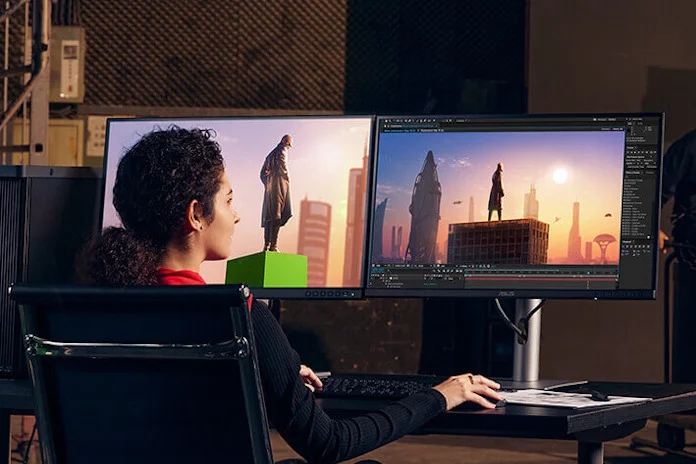People don’t always think twice about how their monitor interprets color until they notice that something looks off. Maybe a printed version of a logo doesn’t match the digital design, or the reds in a video look too harsh. Those inconsistencies come down to color accuracy, the measure of how precisely a screen displays the hues it’s asked to show. And accuracy has an important role to play as you’re editing images, watching movies, and even gaming.
What color accuracy actually means
Color accuracy refers to how faithfully a display reproduces colors as they were intended to look, whether that’s the real-world hues of a photo, the precise palette of a digital artwork, or the carefully graded tones in a movie scene. When a display has good color accuracy, a red apple looks like the exact shade of red its creator intended and graded it to look, skin tones appear natural, and subtle color differences in shadows and highlights are preserved.
Every display has to interpret color data from digital content and convert it into visible light. But not all panels do this conversion equally well. Whites may appear warmer or cooler, reds look oversaturated, or greens appear dull. A display’s color accuracy determines how close it comes to showing the “true” colors as defined by the digital standard used in the content’s creation.

The difference between the color your screen produces and the color it should produce is called Delta E, and it’s the primary measurement that we use to assess accuracy. The smaller the Delta E value, the higher the accuracy. An average Delta E below 2 is generally considered professional-grade, though talented and experienced artists sometimes prefer a Delta E less than 1.
We should note that there’s a bit more happening behind the scenes here. While Delta E is a quick, convenient way to compare two monitors, it’s actually an average. A display’s accuracy typically varies across the full range of colors. The Delta E value that you see listed on a product specification page is an average of its accuracy across a representative range of hues. For more detailed information, some monitors provide a calibration report that breaks down color accuracy more granularly, along with other pertinent information.
What affects how we perceive color accuracy
Color accuracy begins with monitor-level specs: the panel technology, the uniformity of the backlight, color temperature stability, and more. But even the most color-accurate display can look wrong under the wrong conditions. Like other display specifications, it’s not just about the capabilities of the technology, but our perception of it. And our perception of the color of any given pixel is influenced by a variety of factors.
A big one is ambient light. A monitor viewed in a brightly lit room can appear washed out because glare and reflections reduce contrast. The color of the ambient light matters, too. Warm light from incandescent bulbs can shift how our eyes interpret neutral grays and whites. That’s why professional color work is often done under controlled lighting with neutral, daylight-balanced bulbs. Even the color of the walls behind your monitor can influence how your brain interprets on-screen hues, as can visual fatigue, screen brightness, and individual differences in color sensitivity.
How color accuracy intersects with color space and color gamut
You’ll often hear color space coverage discussed in the same breath as color accuracy, and for good reason. Even though they measure very different things, these specifications both give you a picture of how faithfully a display can present content.

A color space defines the range of colors that can be represented on a screen. Common ones include sRGB, Adobe RGB, and DCI-P3. Think of these as different “maps” of the visible color world. The widely compatible sRGB space, for instance, is the standard for web and most digital media. Other color spaces encompass a wider range of colors, allowing for more lifelike images, more vivid colors, and smoother gradients. Adobe RGB is often used in professional photography and print work. DCI-P3 has become the go-to color space for video production and HDR content because it captures rich, cinematic tones.
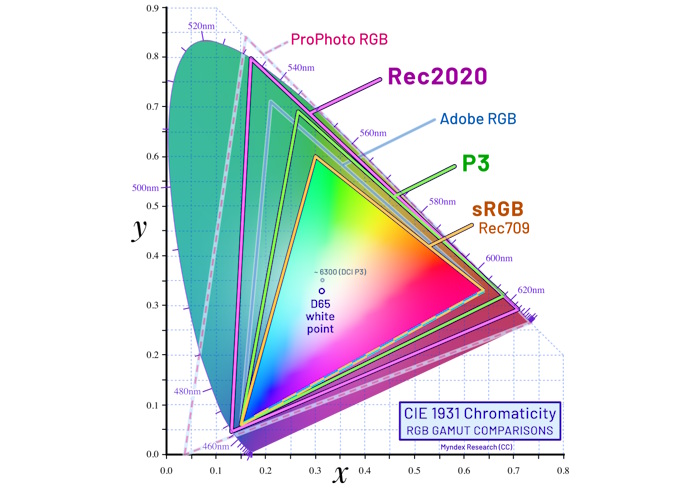
Color spaces set the standard, but not all monitors can display the entire range of colors defined by a color space. That’s why we also talk about color gamut, which is the specific range of colors within a color space that a monitor can display. When a monitor’s color gamut doesn’t perfectly match the color space it’s supposed to represent, some colors cannot be displayed, leading to “out of gamut” values.
But a high color gamut percentage doesn’t guarantee accuracy. If a display claims 100% coverage of sRGB, that means it can reproduce every color within that space. But if it’s poorly calibrated, it may not hit those colors precisely. On the flip side, if a display only covers 85% of sRGB, it’s physically incapable of reproducing some of that space’s more saturated tones. Even if it’s perfectly accurate within its smaller gamut, it will never be fully accurate across the full target space, simply because those colors are outside its reach.
All told, color accuracy and color space coverage complement each other. Ideally, you want both: broad coverage to ensure you can represent all relevant colors, and tight accuracy so those colors appear exactly as intended.
Why color accuracy matters to creative professionals
Creative professionals have long insisted on color accuracy as a top priority for their monitors. Photographers, graphic designers, and video editors all rely on displays that can reproduce color precisely. Imagine spending hours retouching a portrait, carefully balancing skin tones and lighting, only to discover that your client’s prints look different because your monitor was too warm or too cool. The same applies to video editors who need consistent grading across multiple displays or designers who must match digital artwork to printed materials.
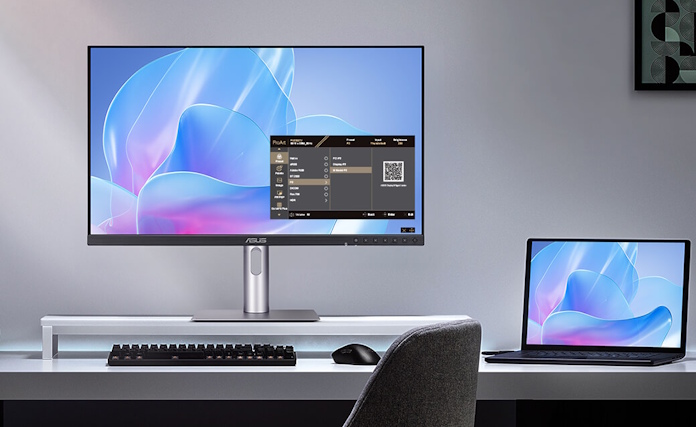
In these workflows, displays are key components of the creative toolchain. An inaccurate screen introduces uncertainty and extra work. It forces creators to compensate for color shifts they can’t see, and it sometimes leads to disappointing results in the final output. That’s why many professionals invest in calibrated monitors that can be trusted to tell the truth about color.
Why gamers should care about color accuracy too
Even beyond the professional world, color accuracy plays a surprisingly big role in how we experience digital content. The benefits extend beyond artists and editors to almost anyone who spends time looking at a screen.
Gamers often focus on speed and smoothness: frame rates, response times, refresh rates. Those specs take priority, but color accuracy deserves a seat at the table. Not every game is a visual spectacle, but many game developers take a cinematic approach to graphics. Think of the atmospheric glow of Cyberpunk 2077’s neon streets or the natural light and shadows of Horizon: Forbidden West. When your display reproduces those tones accurately, you get to experience the game world exactly as its creators intended.
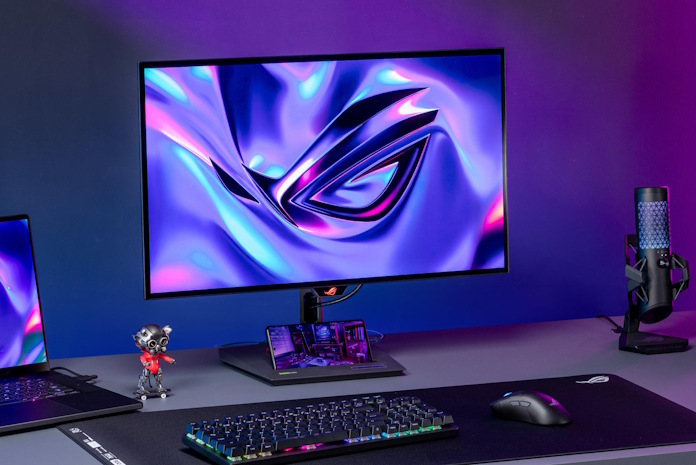
When you’re gaming with an accurate display, you may notice more details in textures, better depth in dark scenes, and more natural transitions between light and shadow. Games with HDR support benefit even more, since accurate color handling ensures highlights aren’t blown out and dark areas retain detail.
Everyday users benefit more than they realize
You don’t have to be an artist or gamer to notice the difference that color accuracy makes. If you’ve ever compared two laptops side by side, one with washed-out colors and one with vibrant but realistic tones, you’ve already experienced the gap between mediocre and accurate color.
Accurate color improves everything from photo viewing to streaming movies. When a display renders natural skin tones, balanced whites, and clean gradients, the overall image looks more lifelike. Poor color balance, by contrast, can make images seem “off” in ways you might not consciously identify but still feel, like when whites look a bit yellow, or dark areas turn murky instead of rich. Differences like that might make the difference between a show that you can’t stop watching and a show that never catches your attention.
Display technology and color performance
Not all display technologies are created equal when it comes to color accuracy. IPS panels are widely praised for their consistency and accurate color reproduction across wide viewing angles. That’s why many professional monitors use IPS. VA panels, on the other hand, tend to have higher contrast but slightly less consistent color performance when viewed from off-center angles. TN panels, which prioritize speed over image quality, often struggle the most with accuracy.
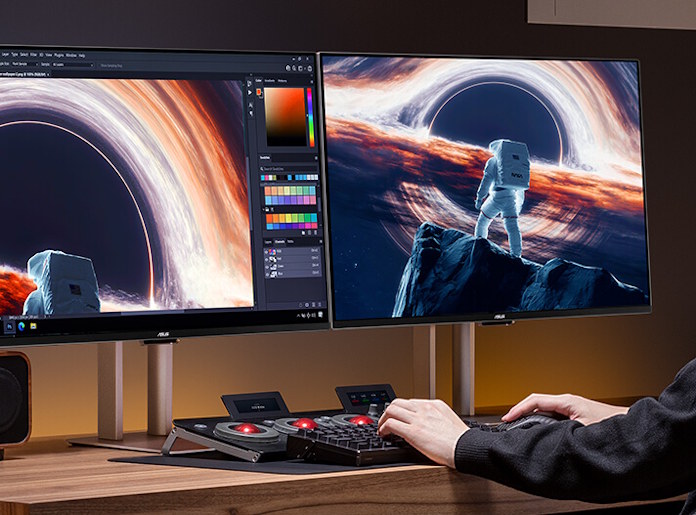
Then there’s OLED, which represents a leap forward in color fidelity and contrast. Because each pixel emits its own light, OLED displays can achieve perfect blacks and outstanding contrast, helping colors look incredibly vivid and accurate.
How to choose a color-accurate display
Finding a monitor with a high level of color accuracy starts with looking for a low average Delta E. Not all monitors will advertise this spec, so you may need to check independent reviews. Look for an average Delta E value of less than two. If your work is particularly sensitive to accuracy, invest in a model with a Delta E of less than one. Factory calibration reports are a great bonus.
The monitor should also advertise near-complete coverage of the sRGB color space at a minimum. But monitors with support for wide color gamuts have become common, as has content that takes advantage of it. For HDR content streaming and gaming, look for at least 95% DCI-P3 coverage. If you’re a content creator, consider a display with multiple color space modes so you can easily switch between sRGB, Adobe RGB, and DCI-P3 depending on your workflow.
But we should note that color accuracy and color gamut are just two measures of a monitor’s color performance. For a high level of confidence in the capabilities of your new monitor, look for a Calman Verified badge. Calman, developed by Portrait Displays, is an industry-standard calibration and validation software used by professionals in film, broadcast, and monitor manufacturing. When a display is Calman Verified, it was calibrated in the factory and measured with Calman software to meet strict targets for color accuracy, gamma performance, white balance, and grayscale tracking. This verification is done with real instrumentation, not just simulated data.
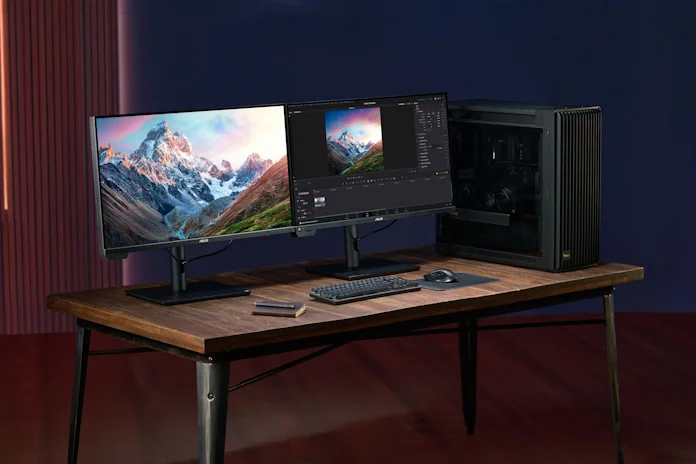
The ProArt monitor lineup makes it easy to get an accurate monitor. Every model starts with a low average Delta E and high sRGB coverage as a baseline. You’ll find plenty of options with great DCI-P3 coverage, as well. Nearly every modern ProArt monitor is either Calman Verified for great color accuracy right out of the box, or it’s a Calman Ready unit that’s prepped to communicate directly with Calman software so that you can maintain its calibration yourself. The ProArt series includes highly specialized displays designed for professionals in a range of creative industries, but you’ll also find affordable models priced within the reach of everyday users and budding creators. The ProArt Display PA278CFRV, for example, offers a Delta E of less than 2, 95% coverage of the DCI-P3 color space, and a Calman Verified badge, and it’s only $329.00 (USD).
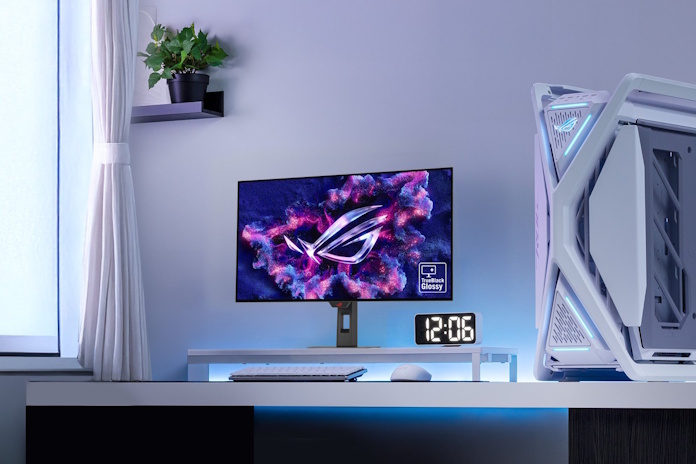
If you’re looking for a color-accurate display that’s ready to game, we’ll point you to the ROG OLED gaming monitor lineup. Cutting-edge OLED panel technology is highly conducive to accurate colors and wide color gamut support, so you’ll find low Delta E values and high DCI-P3 coverage across the family.
The bigger picture: accuracy as a quality-of-life feature
In the end, color accuracy is a quality-of-life feature that affects how you perceive everything on your PC. A color-accurate display helps creators work confidently, gamers experience worlds as intended, and everyday users enjoy richer, truer visuals. Color accuracy is one of the few specs that quietly improves every experience, from editing a photo to watching a film to simply browsing the web. Once you’ve used a truly accurate display, it’s hard to go back: suddenly, everything looks the way it’s supposed to.

